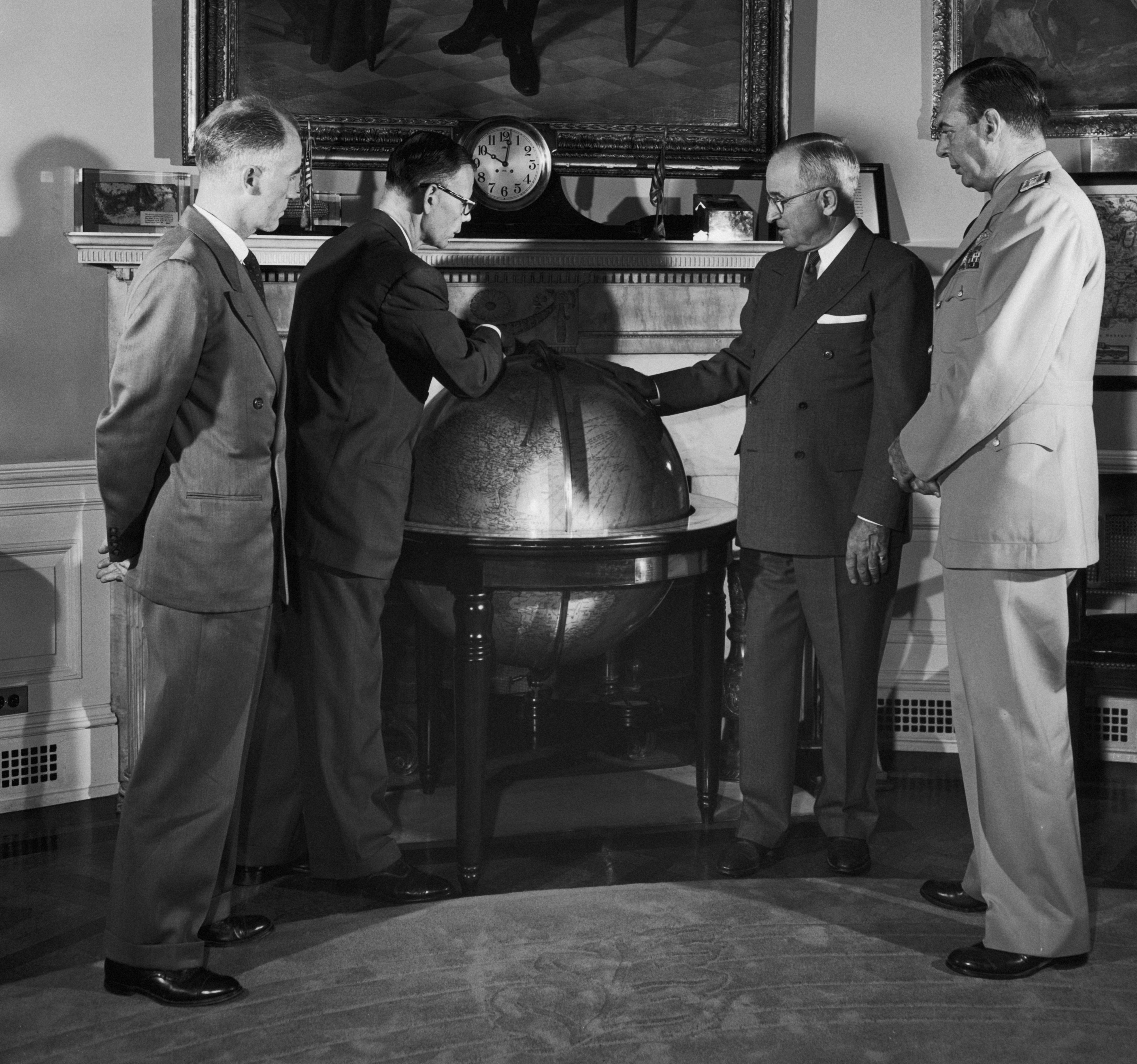On March 27, in the wake of a declared national emergency due to COVID-19, President Donald Trump enacted the Korean War-era Defense Production Act of 1950, noting that “personal protective equipment and ventilators, meet the criteria specified in section 101(b) of the Act (50 U.S.C. 4511(b)).”
The defense act gives the standing president relatively broad and sweeping control over the allocation of materials and productive capacity of the “domestic industrial base to expand the production and supply of critical materials and goods.”
While the Act does not permit the federal government from asserting total control over a company, it’s a powerful tool in the government’s arsenal—allowing it to direct companies to accept and place government orders first to help mitigate calamity either militarily or domestically in the event of a national disaster.
Presently, at a time where personal protective equipment (PPE) and lifesaving ventilators are at a premium, and more than 21,000 Americans have lost their lives to COVID-19, the emergency authority to control the flow and output of the nation’s domestic industries is quite significant.
Modelled after the War Powers Act that gave “President Franklin Delano Roosevelt sweeping authority to control the domestic economy during World War II,” the Council on Foreign Relations writes, since its inception in 1950 the DPA has worked to “ensure that domestic industry can meet national defense requirements.”
The origins of the Act, however, began in 1917. After the failures and production breakdowns of World War I, valuable lessons were learned by the U.S. government in regards to managing the flow of wartime goods and supplies. By the outbreak of World War II, mechanisms were put into place to, in essence, not be caught flat footed again.
Just 11 days after the attack on Pearl Harbor on December 7, 1941, President Roosevelt signed into law the First War Powers Act of 1941, which gave him the capability to reorganize and redistribute the functions and duties of executive agencies he deemed “necessary.” By March of 1942 the Second War Powers Act was put into place, allowing Roosevelt to “prioritize delivery of military material, force acceptance of contracts, and allocate materials and facilities. Under these provisions, the president’s War Production Board directed the conversion of industries to war production, set aside scarce materials, instituted rationing, and prohibited the manufacture of nonessential consumer items,” writes War on the Rocks contributor Dan Else.
By the end of 1945, both acts had expired as Americans downshifted from building the arsenal of democracy to a peacetime economy. However, as North Korean troops crossed the 38th parallel on June 25, 1950, an alarmed President Harry S. Truman sought to restore both War Power Acts, ones he himself briefly utilized in 1945. While there was no formal declaration of war, the escalating conflict drew the Americans to the Korean peninsula, and by July U.S. forces were engaged with the North Koreans.
With the Cold War heating up, on August 10 the House of Representatives swiftly passed what was to be the Defense Production Act of 1950 by a vote of 343-13. Amended, the bill was passed in the Senate, and on September 8 Truman signed it into law.
The original DPA consisted of seven titles, which were to lapse in 1951 unless there was a Congressional extension. Four titles (II, IV, and VI) were terminated in 1953 relating to “requisitioning, rationing, wage and price fixing, labor disputes, and credit controls and regulation.” While titles I, II, and VII of the original Act remain in place to this day.
Since 1950, Congress has expanded the terms of what qualifies as national defense, extending the definition past military preparedness and authorizing the Act to “be used to enhance and support domestic preparedness, response, and recovery from natural hazards, terrorist attacks, and other national emergencies.”
Enacting the DPA is hardly a rare occurrence, with the New York Times writing, “The Defense Department estimates that it has used the law’s powers 300,000 times a year. The Department of Homeland Security — including its subsidiary, FEMA — placed more than 1,000 so-called rated orders in 2018, often for hurricane and other disaster response and recovery efforts, according to a report submitted to Congress in 2019.”
Set to expire in 2025, the Act has been reauthorized over 50 times since its inception in 1950—most recently in the John S. McCain National Defense Authorization Act of 2019.
Currently, General Motors has been the only company the Trump administration has targeted with the law as the nation copes with the pandemic. It remains to be seen, however, with hospitals surging to capacity and a paucity of PPE and ventilators, whether the president will call upon other companies to aid in the fight.





